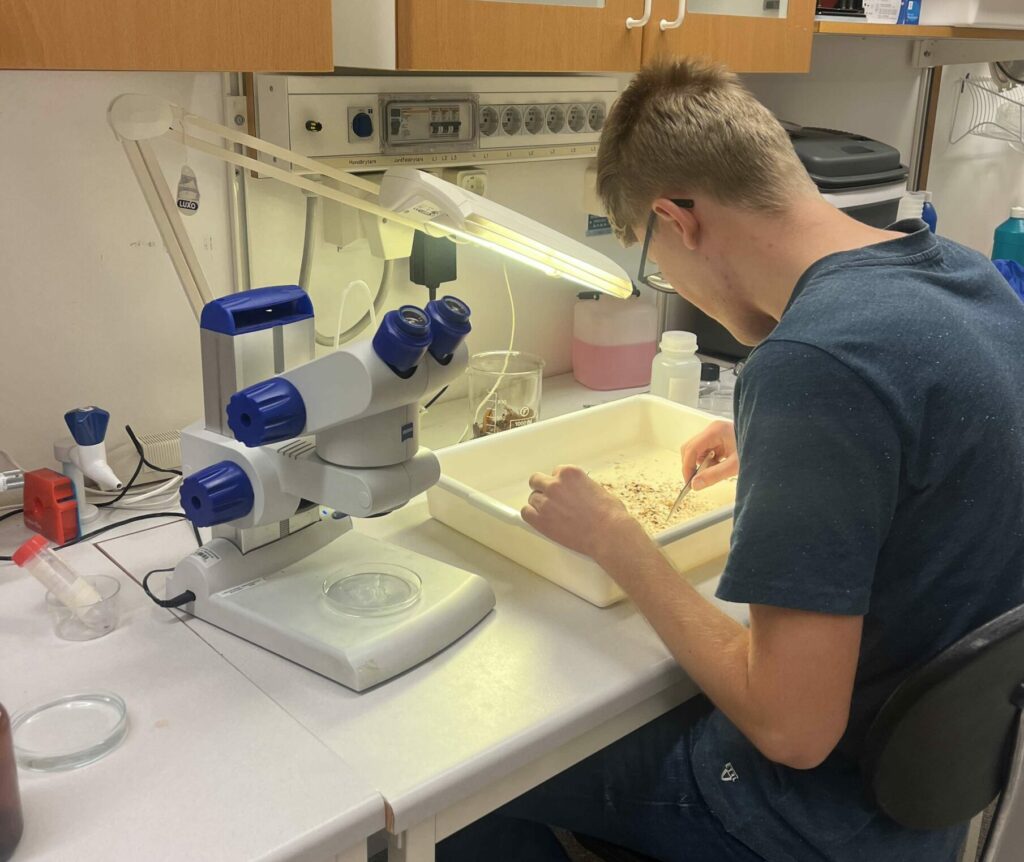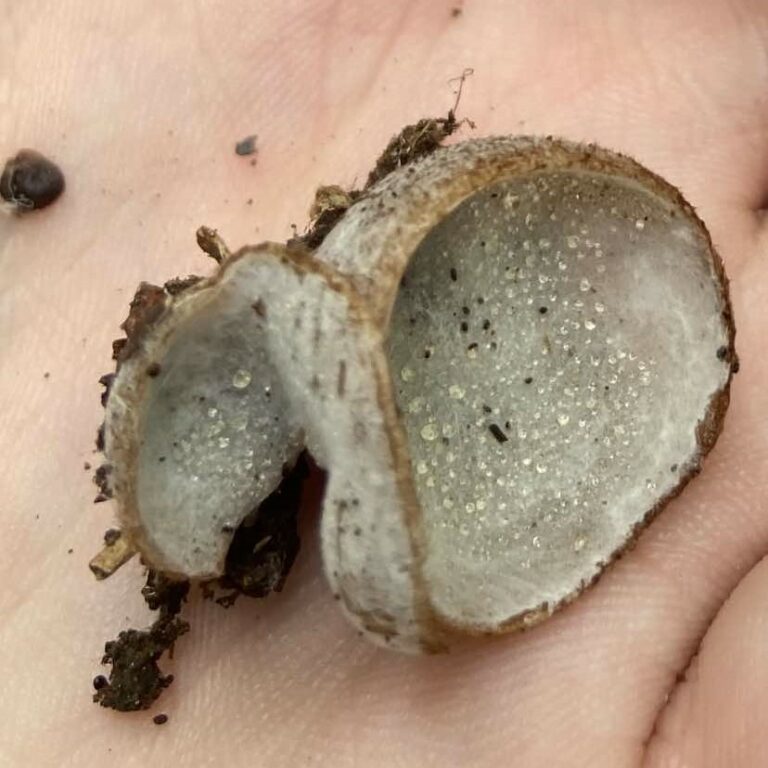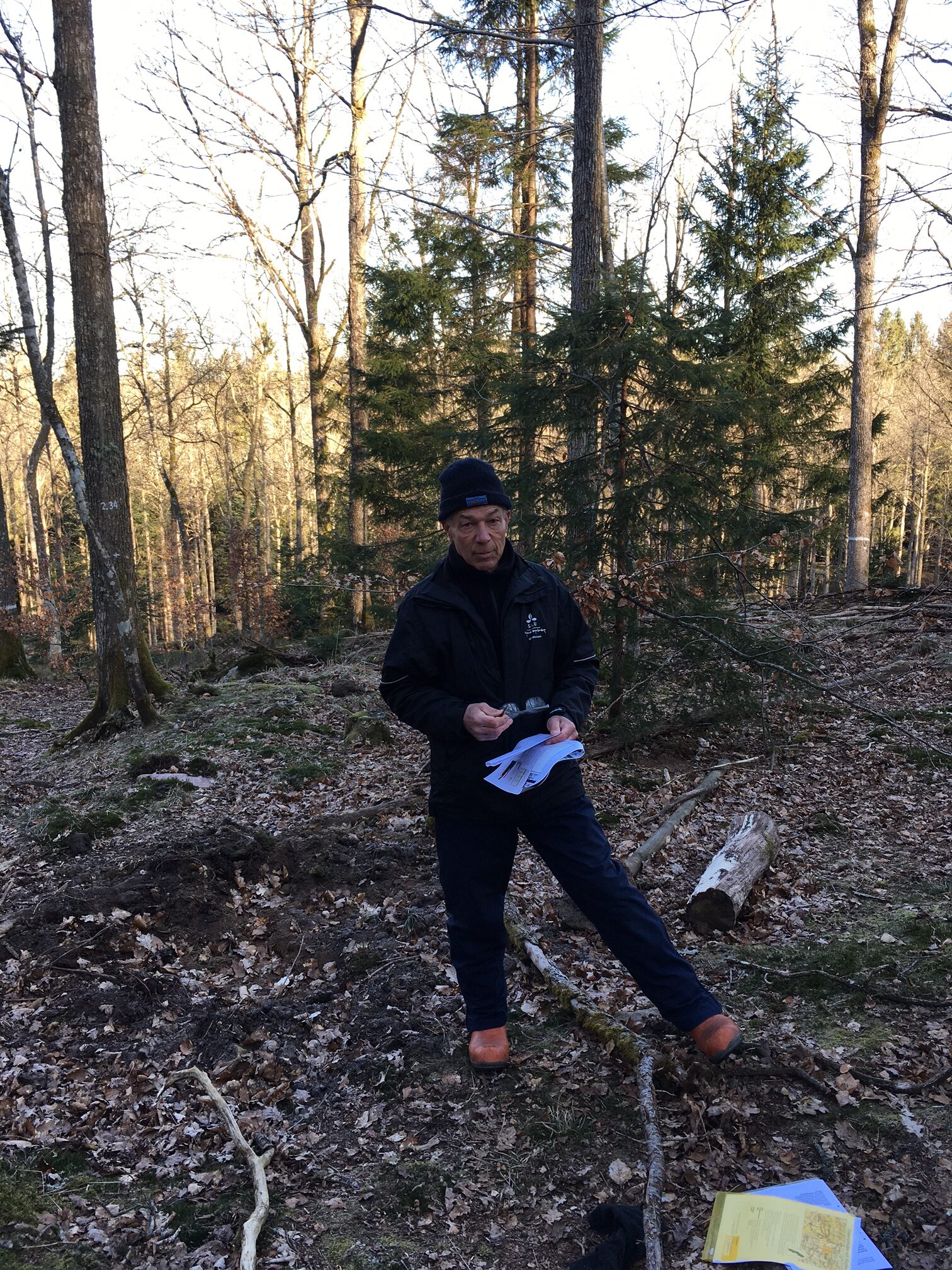This research paper explores the diversity and distribution of fermentative yeasts found on oak trees in southern Sweden, which represents the northern limit of their oak hosts’ range. Using DNA metabarcoding of bark samples, the study identified three main yeast genera, Saccharomyces, Kluyveromyces, and Pichia, with their abundance and distribution influenced by latitude and longitude, as well as temperature and precipitation. Additionally, the researchers discovered that older oak trees tend to host more diverse and balanced yeast communities. Laboratory experiments also indicated that temperature affects yeast growth, with different strains showing varying tolerances to cold and warm conditions depending on their origin, suggesting adaptation to local climates.

Pinto, J., Haberkorn, C., Franzén, M., Tack, A.J.M. and Stelkens, R. (2025), Fermentative Yeast Diversity at the Northern Range Limit of Their Oak Tree Hosts. Environmental Microbiology Reports, 17: e70110. https://doi.org/10.1111/1758-2229.70110
![]()
A new study led by our researchers reveals that reintroduced Great Capricorn beetles (Cerambyx cerdo) in southern Sweden are capable of dispersing over surprisingly large distances. Using radio telemetry, scientists tracked 50 beetles in Tromtö Nature Reserve and found movement ranges up to 822 meters, with no significant differences in dispersal between sexes, body size, or mating status.
Key Findings:
Average movement distance was 153 meters, with a maximum of 822 meters recorded.
No significant effect of sex, body size, or mating status on movement distance or speed.
Results challenge previous assumptions of limited dispersal in C. cerdo, supporting the species’ potential to colonize new habitats.
Conservation Implications:
This research underscores the importance of maintaining habitat connectivity and suggests that conservation strategies for C. cerdo should prioritize large, connected oak-rich areas to support long-term population resilience.

Franzén, M., Jarl, N., Forsman, A., & Hedin, J. 2025. Radio telemetry reveals extensive dispersal capabilities of reintroduced Great Capricorn beetles (Cerambyx cerdo) in oak habitats at their northern range limit. Insect Conservation and Diversity, 1–8. https://doi.org/10.1111/icad.12830
![]()
Research led by Romana Salis focuses on identifying which trees within oak stands produce pollen during specific periods. The study utilizes ethanol samples collected from Malaise traps deployed in these stands to capture insects. These samples, collected between 2022 and 2024 across different months, are filtered, and the extracted material is analyzed using eDNA techniques to identify the trees in bloom at the time of collection.

A new study by researchers from Linnaeus University and collaborators explores the relationships between tree age, latitude, and biomass growth in Sweden’s forests. The findings reveal significant variations in annual biomass increment across species, ages, and latitudes, offering fresh perspectives on forestry management, biodiversity conservation, and climate change mitigation.
Key Findings:
The study utilized dendrochronological methods to analyze over 26,000 tree-ring samples, spanning four species across a latitude range of more than 10°. These findings highlight the resilience and ecological significance of old-growth trees and their essential role in carbon sequestration and biodiversity support.
Implications for Conservation and Forestry:
This research underscores the importance of preserving old-growth forests to maintain their ecological and carbon storage functions. As climate change reshapes forest dynamics, such insights are crucial for developing adaptive strategies in forestry management and conservation planning.


Forsman, A., Isaksson, J., Franzén, M., & Edvardsson, J. (2024). Variable associations of annual biomass increment with age, latitude and germination year in four tree species in Sweden. Trees, Forests and People, 18, 100733. https://doi.org/10.1016/j.tfp.2024.100733
![]()
We are pleased to share that our project has been featured in a recent reportage discussing innovative methods in biodiversity conservation. The article highlights the research on DNA barcoding for rapid and accurate insect identification, showcasing its potential to enhance the preservation of biological diversity.
This citation underscores the growing impact and recognition of our work in the scientific and conservation communities. You can read the full reportage here.
We are proud to contribute to advancing methods that support sustainable ecosystem management and biodiversity protection.


![]()
This week, we’re featuring Christoffer, a master’s student with a keen interest in beetles. His research focuses on both longhorn beetles, which play important roles in forest health, and the oak pinhole borer (Platypus cylindrus), a pest species recently found in southern Sweden.
Christoffer has set up pheromone-baited traps spanning northern Skåne to Mälardalen, aiming to uncover any regional differences in beetle populations. By studying the number of species and the abundance of individuals in each area, he hopes to understand how beetle diversity varies across Sweden’s oak forests. After collecting the samples, he brings them to the lab to sort and identify each beetle.




His findings could reveal important patterns in beetle populations and oak ecosystems, offering insights that support conservation efforts for these unique habitats.




![]()
The team has officially finished measuring oaks and hazel shrubs in the unique Vessers Udde Nature Reserve! Since this reserve has been left to grow naturally without human interference, it’s the perfect place to see how nature takes its own course over time.
It was an intense few weeks, with seven biologists joining forces to get the job done. Measuring hazel shrubs alone turned into a huge task, with a whopping 1,393 shrubs recorded!




Now, it’s all about diving into the data. The researchers are busy sorting and refining the numbers, getting ready to reveal new insights into the natural growth of forests and the beauty of untouched ecosystems. Stay tuned for what’s next!


![]()

New publish article by our researchers analyzes the influence of climate change on the effectiveness of protected areas in maintaining biodiversity and ecosystem services. The study compares the biodiversity of plants and arthropods, as well as productivity (tree growth), in protected and non-protected areas along a latitudinal gradient in Sweden. The authors observed that plant and arthropod species richness increased with latitude but was not higher in protected areas compared to non-protected ones. Tree growth was also not associated with latitude or protection status. These results suggest that current conservation strategies may be insufficient to protect biodiversity and ecosystem services in the face of climate change, highlighting the need for more climate-adapted strategies.
![]()
Anders Forsman, Johanna Sunde, Romana Salis, Markus Franzén. Latitudinal gradients of biodiversity and ecosystem services in protected and non-protected oak forest areas can inform climate smart conservation, Geography and Sustainability. 2024, 5 (4): 647-659
ISSN 2666-6839,
https://doi.org/10.1016/j.geosus.2024.09.002.
Over the past five days, our dedicated collaborators have been hard at work in the beautiful Vessers Udde reserve, measuring all the oak trees within this unique untouched landscape. This study builds on data collected in previous years and aims to deepen our understanding of how a preserved forest area evolves over time.
As the data is analyzed in the coming weeks, we eagerly anticipate uncovering new insights into the natural development of this remarkable oak forest. Stay tuned for exciting updates as the findings unfold!



We are excited to share fascinating insights from an ongoing research project led by Oskar Olsson, a dedicated bachelor student in biology at Linnaeus University in Kalmar. Oskar’s work focuses on the rich fungal biodiversity within oak forests, a critical area of study for understanding the intricate relationships between dead wood, old trees, and the diverse fungi that thrive in these environments.
During his fieldwork in August, Oskar came across some really cool fungi, including a couple of rare ones. Here are five of his top finds:
Lachnum virgineum – This little white mushroom covered by a dense layer of whitish hairs.
Fistulina hepatica – A striking red mushroom that resembles an ox tong!
Lindtneria trachyspora – A rare yellow mushroom that was one of Oskar’s more exciting discoveries.
Lycoperdon echinatum – This one looks like a hedgehog with its spiky exterior, and it’s pretty rare too!
Humaria hemisphaerica – A soft, woolly mushroom with an interesting texture.
Oskar’s research gives us a peek into the hidden world of fungi, which are super important for forest ecosystems. Follow along as we continue to share updates from his fieldwork and learn more about these fascinating fungi and their role in keeping our forests healthy.





We had an exciting day going to a super special nature reserve called Vessers Udde in Southern Sweden. This reserve is special because it remained untouched since its protection in 1923, which makes it a great place for scientists to study natural succession and how ecosystems change naturally through time!
This research is a collaboration where we help with the measuring of oak trees. Let’s see what exciting results we will find!

We are excited to share we are currently in the midst of a vibrant three-day conference, bringing together a diverse group of scholars, researchers, and innovators. This event is a testament to our commitment to fostering intellectual growth and advancing knowledge through collaboration and shared insights.
Manuscript writing: Participants are deeply engaged in crafting and refining their manuscripts. This dedicated time allows for focused writing and the exchange of constructive feedback among peers.
Paper submission: Attendees are preparing their research papers for submission.
Idea exchange: Our conference is buzzing with lively discussions, where participants are sharing their latest research ideas, exploring new concepts, and seeking potential collaborations. These interactions are sparking creativity and fostering a spirit of innovation.
This gathering is more than just a series of events; it’s a catalyst for creativity, a platform for scholarly exchange, and a stepping stone toward new opportunities. By bringing together a community of passionate and dedicated individuals, we are creating a space where ideas flourish, and knowledge is advanced.
We are proud of the collaborative spirit and the wealth of expertise present at our conference. It’s inspiring to witness the collective effort towards advancing our fields of study and pushing the boundaries of what’s possible.
As our conference unfolds, we look forward to the innovative outcomes and the lasting connections being forged. Stay tuned for more updates and insights from this dynamic event!
Thank you to everyone who is participating and contributing to making this conference a success.

We are thrilled to announce the launch of our newly designed website! Starting today, our platform is up and running, and ready to welcome visitors who share our passion for forestry and the environment.
What to expect?
Our website will serve as the central hub for all our activities, featuring:
Stay tuned for regular updates
From now on, we will be regularly posting updates to keep you informed about our ongoing projects and new opportunities to engage. Make sure to check back often and subscribe to our newsletter to receive updates directly in your inbox!
Thank you for your interest and support. We look forward to exploring this digital journey with you and making a positive impact together!
